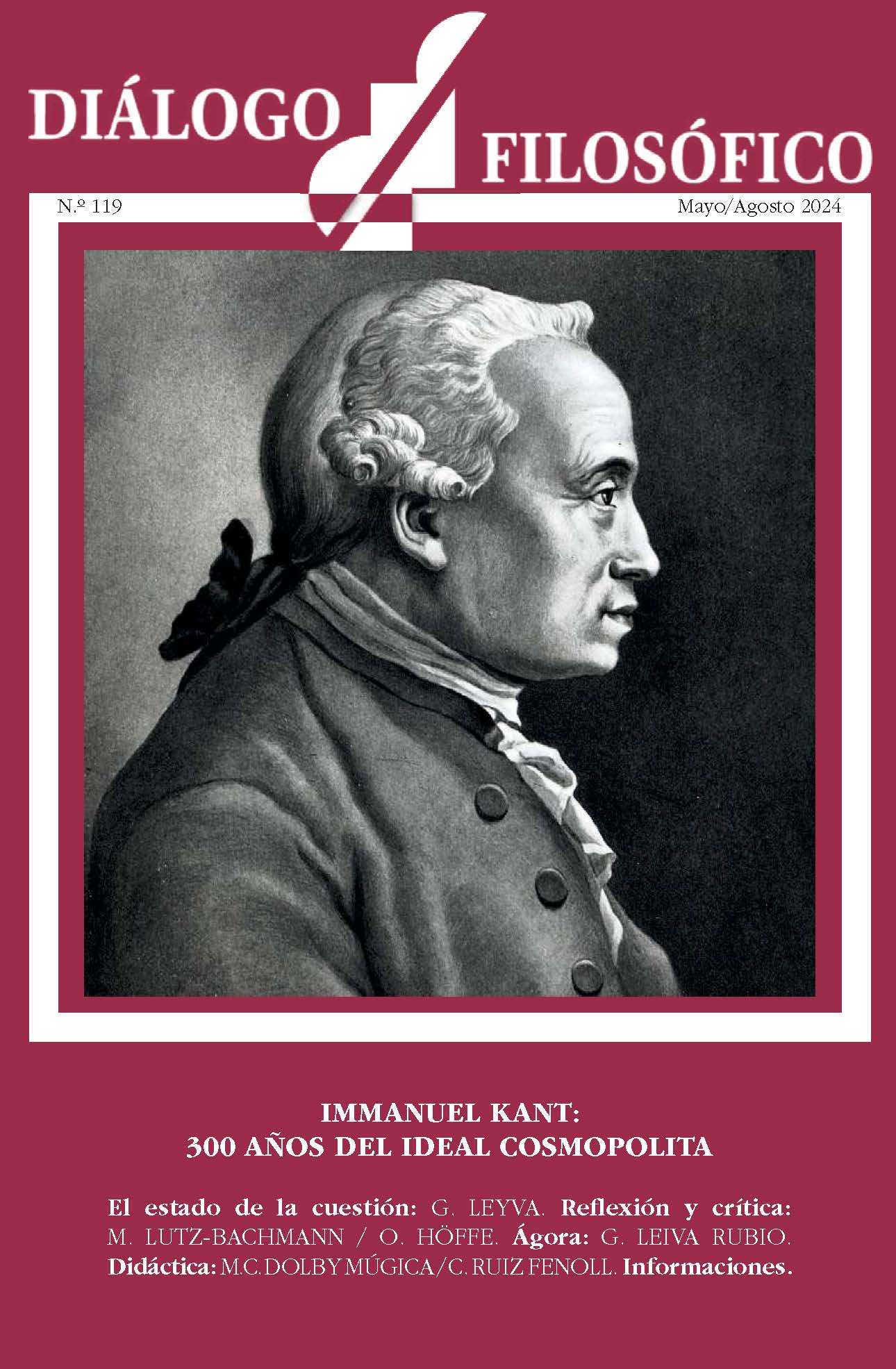Lo ético y lo religioso en «Temor y temblor» de Kierkegaard The Ethical and the Religious in Kierkegaard’s «Fear and Trembling»
Contenido principal del artículo
Resumen
En este ensayo se describen y analizan las cuatro versiones del relato bíblico de Abraham que realiza Johannes de Silentio (pseudónimo que usa Kierkegaard) en Temor y temblor, para luego comprender, desde el movimiento de la fe, cómo en ninguna de dichas versiones se realiza el absurdo que reclama el salto de lo religioso. Además, se procede a explicitar el parecer Kierkegaardiano en torno a lo ético y a la ipseidad para luego profundizar en la inextricable paradoja que significa la fe y el radical movimiento que esta demanda para el existente.
This essay describes and analyzes the four versions of the biblical story of Abraham proposed by Johannes de Silentio (a pseudonym used by Kierkegaard) in Fear and Trembling to understand, from the movement of faith, how in none of these versions is the absurdity that claims the leap of the religious realized. Next, we explain Kierkegaard’s views on ethics and selfhood to then delve into the inextricable paradox that faith signifies and the radical movement that it demands for the existent.

